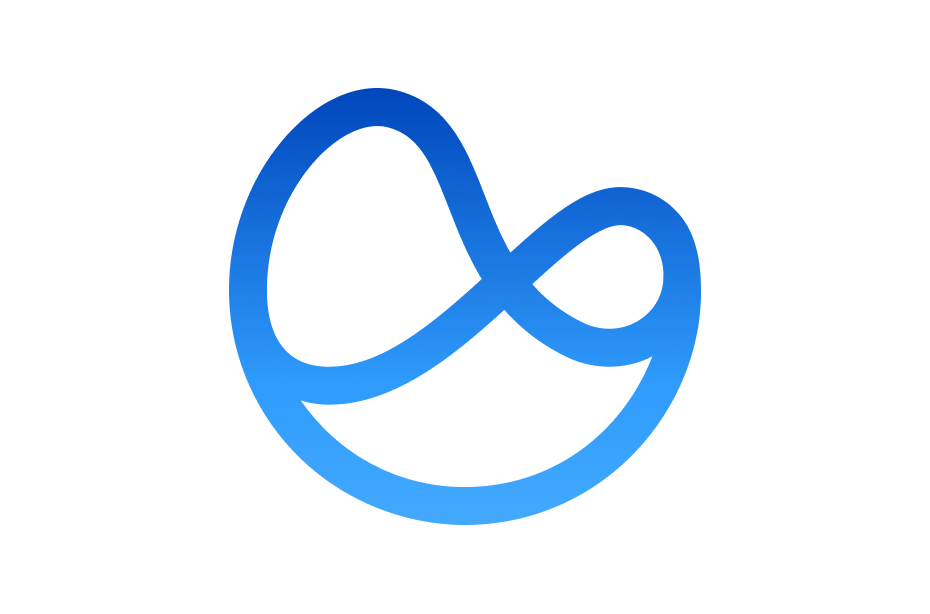Study: How Tech Delivery Affects Patient Activation
Once a patient has been identified and enrolled in a care-at-home program, activation with the technology becomes the next key milestone.
When patients are introduced to a new care-at-home program, acquainting them with the technology they’ll be asked to use is a critical first step. Two conditions must be met to ensure a successful start with the program:
- The patients need to be comfortable receiving the technology
- The patient needs to be comfortable activating the technology
A recent Current Health study sought to analyze the impact of technology introduction methods on activation within low-acuity care. The study looked at which patients activated their technology more quickly, and how well they adhered to the protocols and transmit data as requested.
Two ways kits are introduced
The study looked at two models for delivering care-at-home technology:
- In-person handover that happens in a clinic or home by a healthcare practitioner
- Delivery to a patient’s home by third-party courier
Is one way better?
From an efficiency standpoint, having a third-party deliver equipment to a patient’s home seems like an appealing strategy for a healthcare system. However, the study showed that having a healthcare provider hand it off may be the best approach. The data revealed:
Patients who were given their kit in person by their healthcare provider were more likely to activate their kit on the day they received it, and while not statistically significant, the in-person group had a higher percentage of wear time.
About the study
The study, The Impact of Clinician-to-Patient Deployment of Remote Monitoring Technology on Wearable Activation and Adherence, was conducted from March 2021 to July 2022 and presented at the American Academy of Home Care Medicine annual conference in November 2022. The research compared the differences in the time it took to activate devices, as well as how the participants adhered to the protocol.
The study analyzed data from 276 patients from a large U.S. health system. 220 received their remote monitoring kit directly from their healthcare provider and 56 received their kit from a third-party courier.
The patient population:
- 66% of participants were COVID-19 patients
- 34% of participants were post-discharge patients
- The group that received their kit in person was significantly younger with a higher proportion of COVID-19 positive patients
Takeaways for improving activation
Activation was significantly faster for patients who received their devices directly from a healthcare provider. This may indicate that patients associate activating the technology as being more important when their healthcare provider was the one to introduce it.
However, dedicated technology couriers could better support activation by combining delivery with technology setup and education. Ideally, this support goes a few steps further: removing the burden of activation from the patient and supporting the initial data transmission and technology education. Learn more about how Current Health is leveraging Geek Squad to support successful activation.


![[Webinar Recording]This Way Home: Top 10 Predictions for Care at Home in 2025](https://www.currenthealth.com/wp-content/uploads/2025/01/DSG-846-JAN-WEBINAR-LINKEDIN-16_9-AD2-P2.jpg)